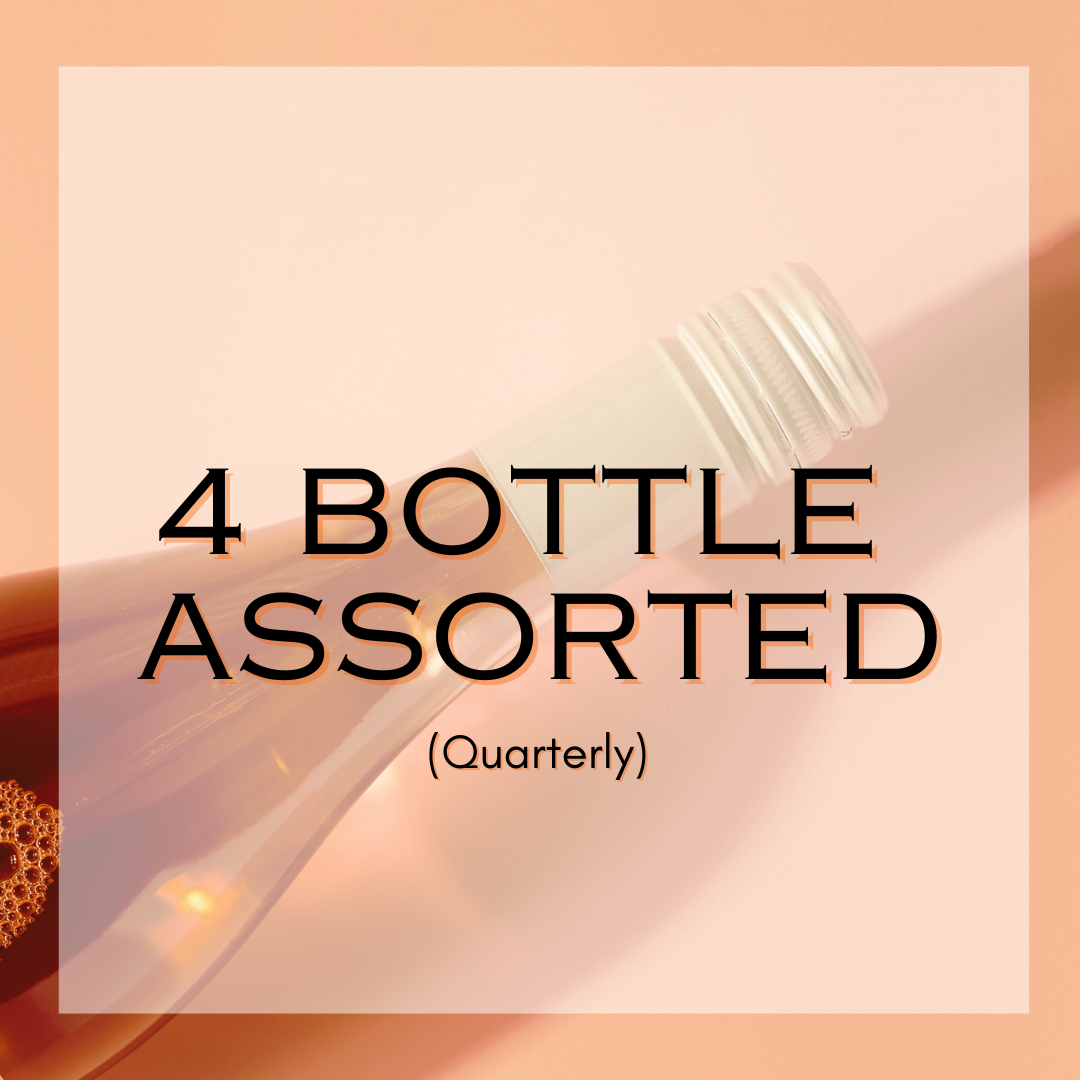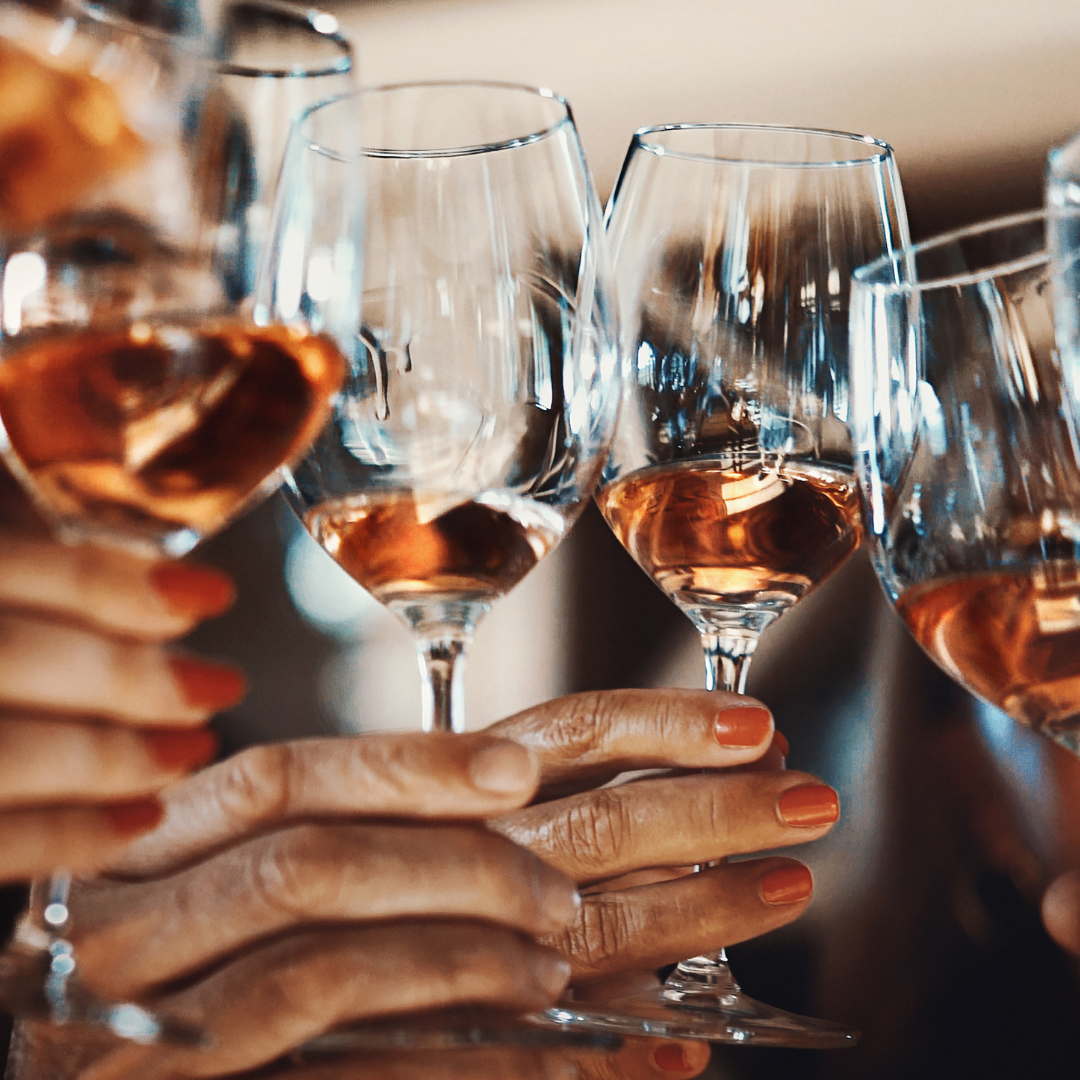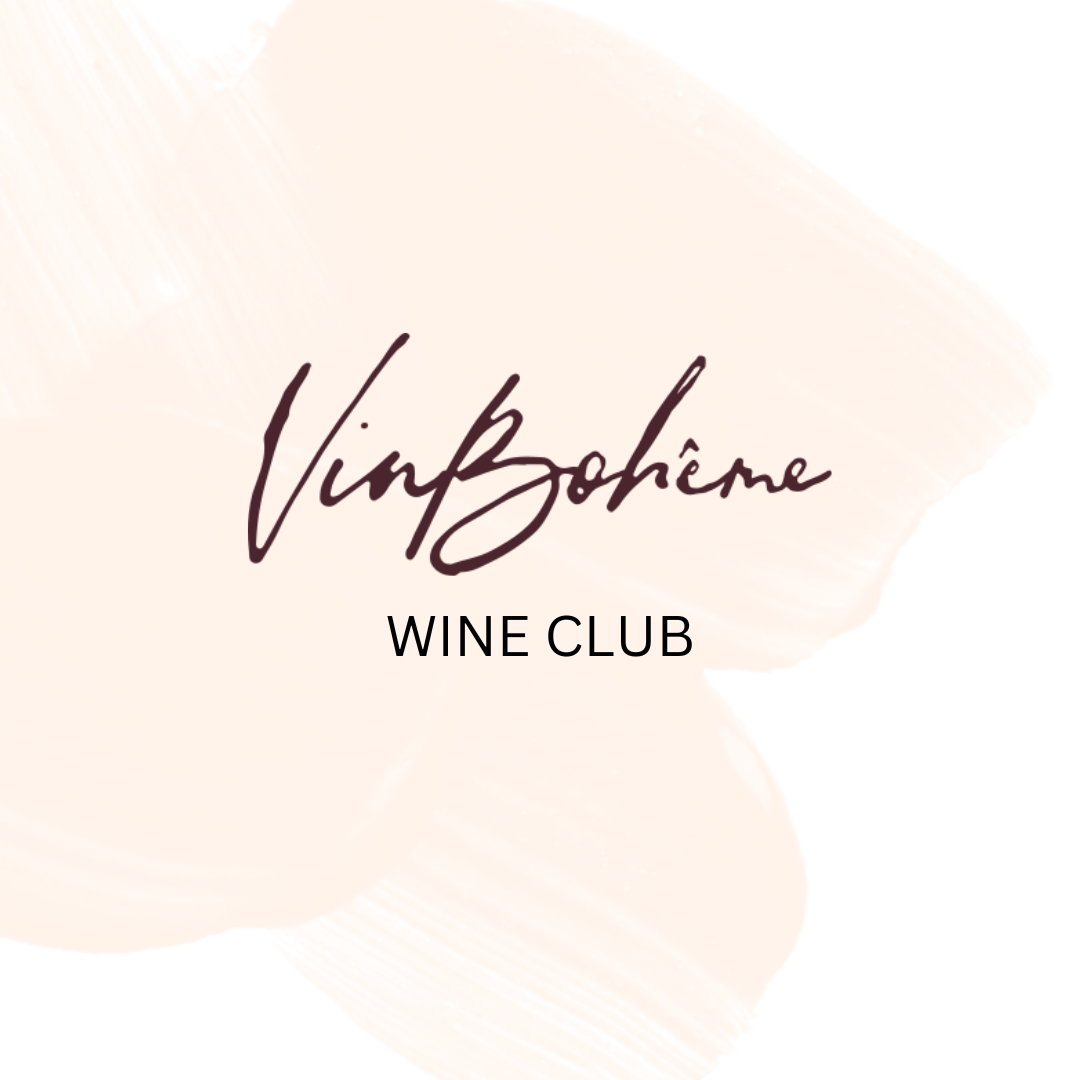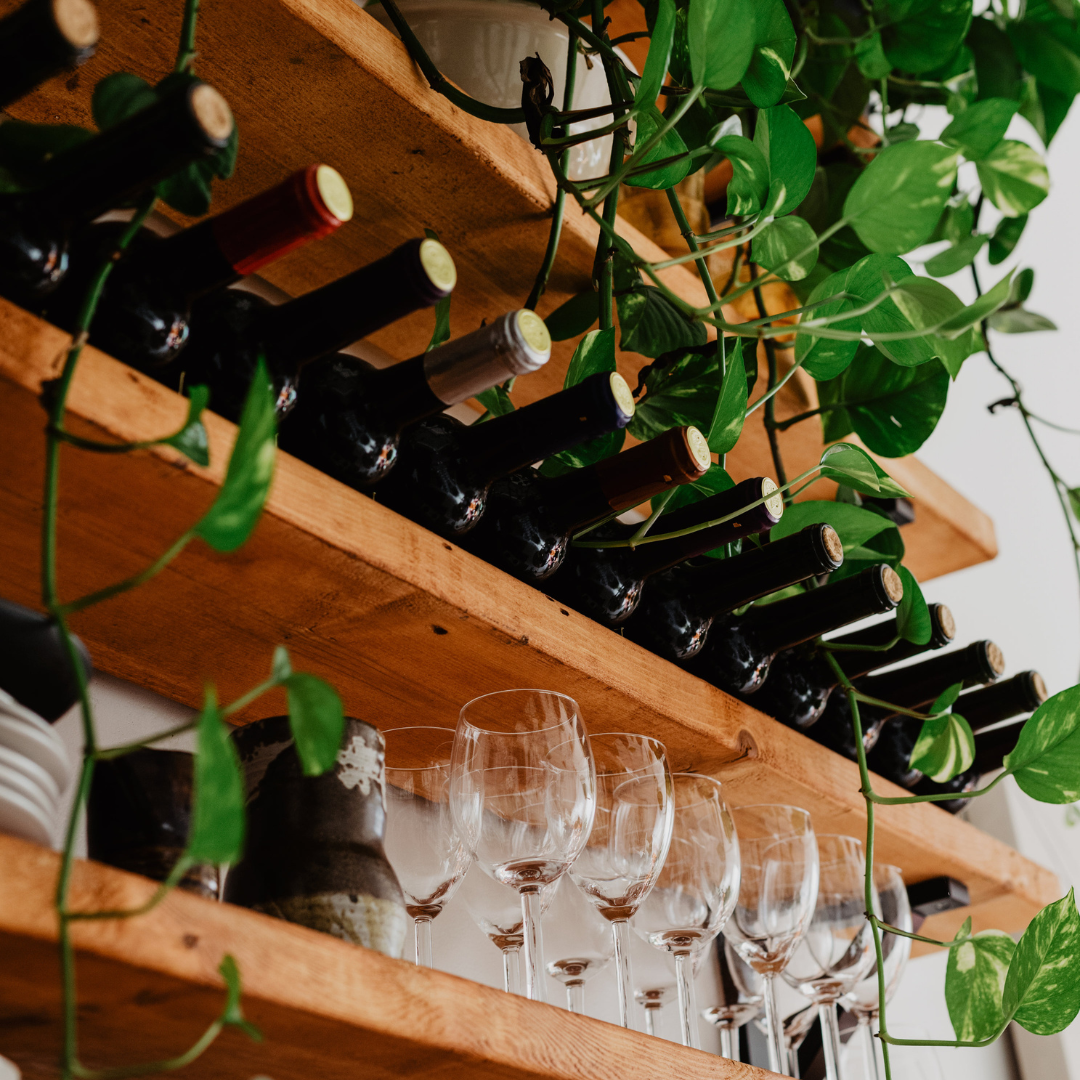Tips for Buying Wine if You're Calorie Conscious
The least caloric wine you can drink is wine that is dry (no residual sugar), and lower alcohol (ABV between 6-11%). Yes these wines do exist. The old adage that high alcohol means the wine is dry and lower alcohol means the wine is sweet is not an overarching truth, and it completely oversimplifies the many variables in the winemaking process. You can find many dry, low ABV wines from cooler climate regions. Check out some great dry, low ABV wines!
2. If you see one of the following words listed below, pass!
Please note: many wines with residual sugar are absolutely delicious. But for the calorie conscious, avoid avoid avoid!
3. Believe it or not, Sparkling wines are great options!
If you’re a sparkling wine lover (like me) you can rest easy knowing many Champagnes, Crémants and Cavas are not calorie bombs. The key is making sure you select bottles that say “Brut Nature” or “Extra Brut”. As for Pet-Nats, since they finish their primary fermentation in the bottle to create natural bubbles, majority ferment to dry. Enjoy 🙂
4. Mass-market, bulk wines (typically bottles that retail for $10 or less) tend to be higher in residual sugar and thus, more caloric. Why? Oftentimes mass-market wines are really just brands with no actual winery or vineyard — meaning they’re buying bulk, white-labeled wine and there’s no way of knowing what you’re getting. This does not mean ALL mass market wines are low quality or full of sugar - some are fantastic! It just means that since the source is unknown, you could be drinking a high quality, single vineyard gem that just was in surplus, or you could be drinking a mish-mash of subpar wines that are blended and punched up with sugar. If you want more transparency on what you’re drinking, steer clear.





Leave a comment